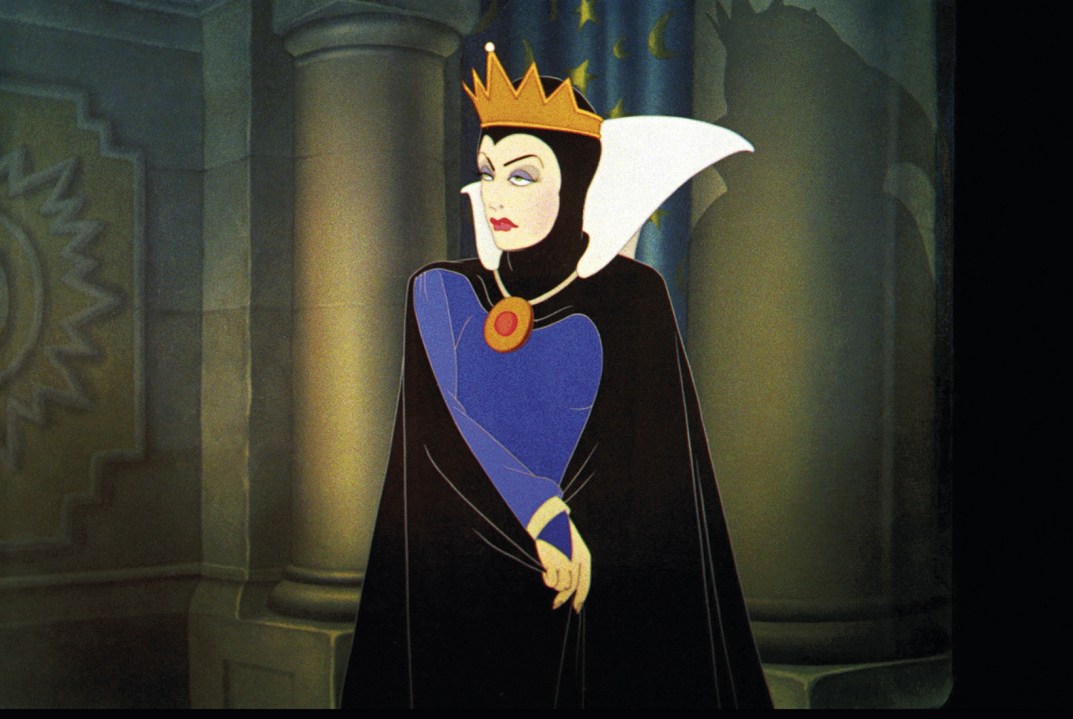Fairy stories were not originally aimed at children, and we do not know what the first audience responses were; but as humans do not change in certain essentials it seems likely that reactions centuries ago were similar to reactions now — when it is adults who often find many of them gruesome and unsuitable for those of single-figure age. Wicked stepmothers plot torment and murder; small children are banished alone to forests; wolves dress up in grandmotherly bonnets and shawls to deceive — and eventually to kill and eat — rosy-cheeked little girls; beautiful princesses are locked in high towers or tricked into taking poison to fall asleep for 100 years. These tales would not be out of place alongside True Stories of Serial Killers.
Yet the remarkable thing is that, though as adult readers we may flinch at the horrifying events in Hansel and Gretel, Rapunzel or Red Riding Hood, children take them in their stride, never delving deeply into the dark heart, just listening on, trusting in a happy ending.

Get Britain's best politics newsletters
Register to get The Spectator's insight and opinion straight to your inbox. You can then read two free articles each week.
Already a subscriber? Log in








Comments
Join the debate for just £1 a month
Be part of the conversation with other Spectator readers by getting your first three months for £3.
UNLOCK ACCESS Just £1 a monthAlready a subscriber? Log in